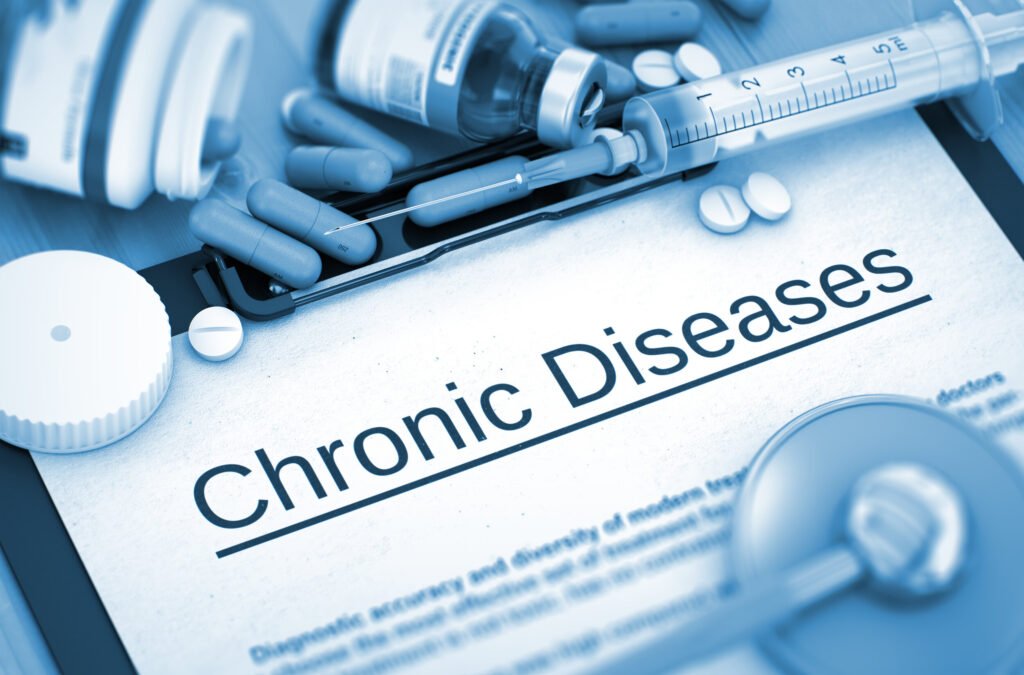Managing chronic care is a critical area in healthcare, focused on improving the quality of life for patients with long-term conditions such as diabetes, heart disease, and hypertension. As healthcare evolves, remote patient monitoring (RPM) has become a key component of CCM, offering real-time insights into patients’ health while reducing the need for frequent in-person visits. RPM allows healthcare providers to monitor vital signs, assess treatment effectiveness, and intervene quickly when necessary, making it an indispensable tool in chronic care.
1. Implement User-Friendly Technology
The first step to successful RPM is selecting technology that is both effective and user-friendly for patients. Since many patients in chronic care management (CCM) are older or may have limited tech skills, healthcare providers should prioritize devices and systems that are easy to set up and navigate.
2. Educate Patients and Caregivers
Educating both patients and their caregivers about how to use RPM devices is crucial for successful CCM. Many patients may be unfamiliar with the technology or uncertain about how it fits into their treatment plan. Comprehensive education, either through in-person instruction or virtual tutorials, helps build confidence and ensures proper use.
3. Customize Monitoring Plans for Each Patient
One-size-fits-all monitoring plans rarely work in CCM. Patients have unique health needs, and their RPM plans should reflect that. Healthcare providers should collaborate with patients to create individualized monitoring schedules, focusing on the specific conditions, symptoms, and risk factors relevant to each person.
4. Ensure Data Security and Privacy
Data security and patient privacy are paramount in any healthcare setting, but they become even more critical in remote care. RPM involves the transmission of sensitive health data over digital platforms, which requires stringent security measures.
5. Regularly Monitor Data and Provide Timely Feedback
One of the key advantages of RPM is the ability to monitor patient data in real time. However, this benefit is only fully realized when healthcare providers consistently review the data and provide timely feedback to patients.
6. Promote Patient Engagement Through Communication
Frequent communication is key to successful RPM programs, especially for patients with chronic conditions. Patients should have easy access to their healthcare providers, whether through phone calls, emails, or messaging platforms within the RPM system. Encouraging open lines of communication can help patients feel supported and engaged.
7. Integrate RPM with Electronic Health Records (EHR)
Integrating RPM data with electronic health records (EHR) is essential for comprehensive and coordinated care. When RPM systems seamlessly feed patient data into EHRs, healthcare providers have a holistic view of the patient’s health history, making it easier to make informed decisions.
8. Collaborate with a Multidisciplinary Care Team
For patients with complex chronic conditions, involving a multidisciplinary care team can greatly enhance the effectiveness of RPM. Team members, including primary care physicians, specialists, nurses, and nutritionists, should all have access to the patient’s RPM data to provide coordinated care. This collaboration ensures that each aspect of the patient’s health is monitored and managed by the appropriate healthcare professionals. It also allows for more holistic care, as different specialists can weigh in on treatment plans and provide insights based on their expertise.
9. Encourage Patient Self-Management
One of the most powerful benefits of RPM is its ability to empower patients to take control of their health. Encouraging self-management through RPM platforms allows patients to monitor their own data and make informed decisions about their care.
10. Continuously Evaluate and Improve RPM Programs
Finally, healthcare providers must regularly evaluate the effectiveness of their RPM programs to ensure they are meeting patient needs and improving outcomes. This includes reviewing patient data trends, assessing patient satisfaction, and staying updated on new technologies and innovations in RPM. Continuous improvement ensures that RPM programs remain effective and relevant. Providers should seek feedback from patients and caregivers, make adjustments to monitoring plans, and adopt new tools or devices as needed to enhance care.
Conclusion
Remote patient monitoring offers numerous benefits for healthcare providers managing chronic care patients. By following these 10 best practices—such as using user-friendly technology, customizing monitoring plans, and promoting patient engagement—providers can ensure they deliver high-quality, personalized care. When paired with a robust CCM system, RPM becomes a powerful tool for improving patient outcomes, enhancing provider efficiency, and creating a more seamless healthcare experience for all.

